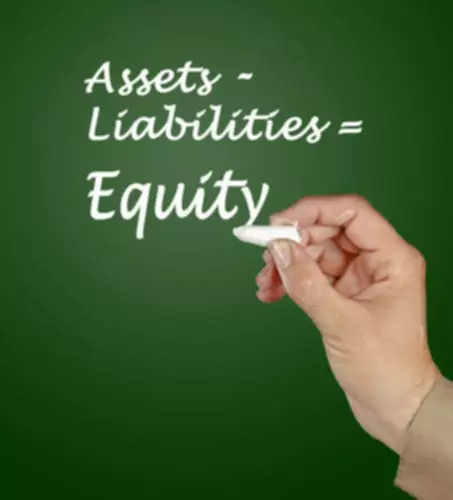10 Jan Outstanding Deposit How to Spot One in Your Accounting Books
Content

The payee cannot cash or deposit the check once a stop payment has been issued. Checks that remain outstanding for long periods of time cannot be cashed as they become void. Some checks become stale if dated after 60 or 90 days, while others become void after six months.
Is an outstanding check a debit or credit?
Example of Outstanding Checks
The entry will debit Cash in order to increase the account balance. The credit portion of the entry will likely be to the account that was originally debited when the check was issued. The check that was voided is also removed from the list of outstanding checks.
Check that the balances of your books and your bank statement are equal. When reconciling a bank account, the company does not have to prepare an adjusting entry for outstanding checks. To remedy these situations quickly, be proactive with outstanding checks. After all, you still owe the money, and you’ll have to pay it sooner or later. Your first step should be to use an accounting system that deducts any uncashed checks from your available funds.
Our Services
They are not tax efficient and an investor should consult with his/her tax advisor prior to investing. The value of the investment may fall as well as rise and investors may get back less than they invested. Checks that remain outstanding for long periods of time run the risk of becoming void. You’ll need to go to your bank to do this and most banks charge a fee for it. If you wrote a check and it has been outstanding for a while, you may be wondering, “Do checks expire?
- A deposit in transit is money that has been received by a company and sent to the bank, but it has yet to be processed and posted to the bank account.
- If the funds have not been withdrawn or cashed by the payee, the company’s bank account will be overstated and have a larger balance than the general ledger entry.
- The only thing the payor can do, for a fee, is stop payment on the check.
- Ask the payee to sign a document promising not to deposit both checks.
In the ledger, Accounts Receivable shows a debit balance of $12,500. This indicates that the company owes $12,500 to creditors. If you write a check and the money never leaves your account, you may develop the false belief you can spend those funds, but the money still belongs to the payee. If the payee finally deposits the check after months of delay, you riskoverdrawing your account and bouncing the check. An outstanding check represents a check that hasn’t been cashed or deposited by the recipient or payee.
Why you need to know outstanding deposits
Before sending one, ask the payee to return the old check to eliminate the possibility of both checks being deposited, either intentionally or unintentionally. If outstanding checks a check is destroyed or never deposited, the money remains in the payer’s account. At first glance, this may seem like a positive turn of events for the payer.
Bank Reconciliation Statement is a document prepared by the bookkeepers to identify the differences between the cash book’s bank column and bank statement balance. The differences can be due to some reasons like direct debit by the bank, outstanding checks, etc. The term outstanding checks refers to those checks that have been recorded by a company as being written, but not yet cleared and posted to the account’s statement by the company’s bank. Outstanding checks are typically identified as part of the bank account reconciliation process.

No Comments